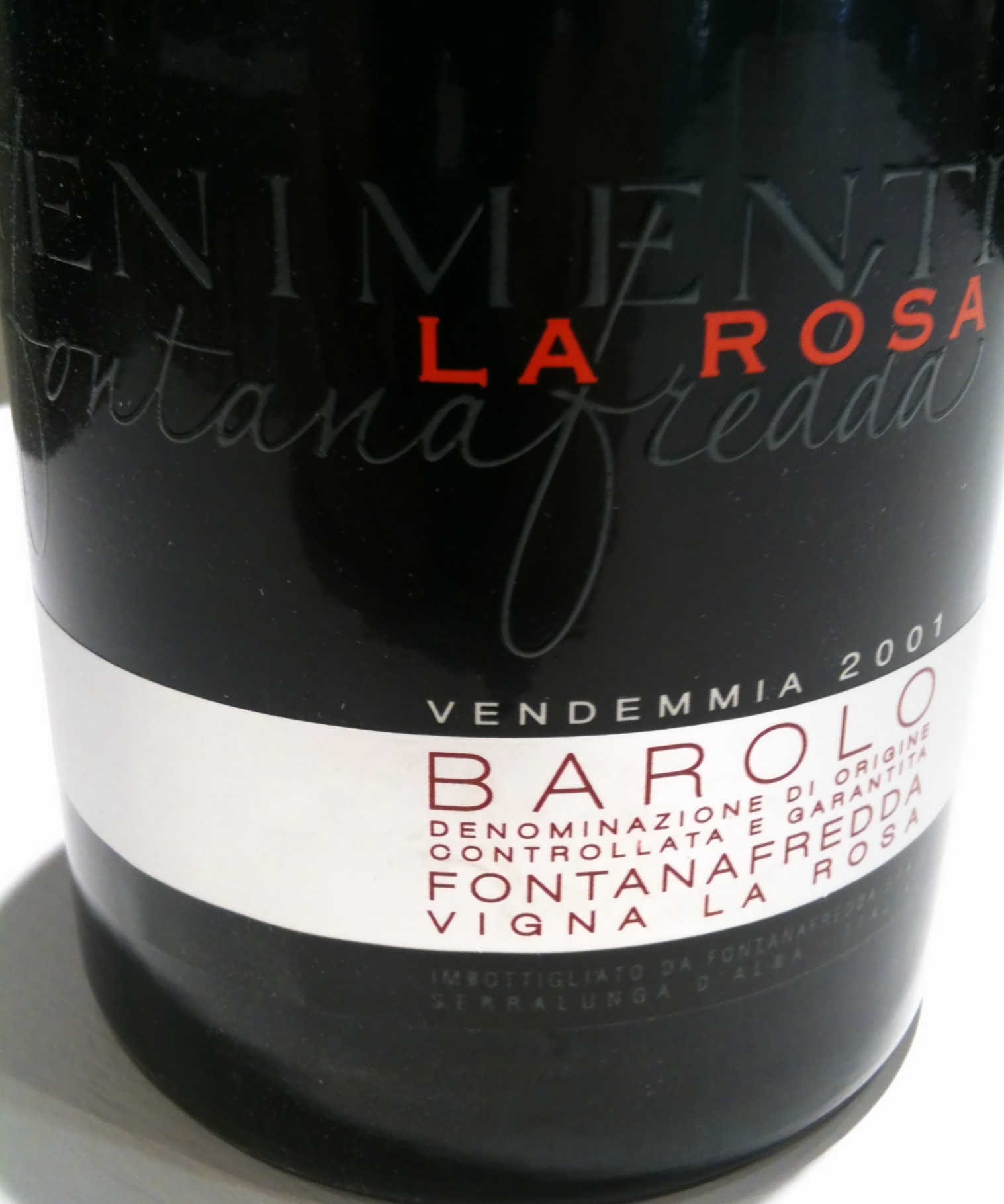Fontanafredda: history remade
Posted on 21 May 2012
[See my Nebbiolo Prima 2012 index page]
Two Barolo verticals every day: that’s the fun of Nebbiolo Prima. So out of curiosity I also booked the one at Fontanafredda. A large producer present on pretty much every export market, it has a solid place in the history of Barolo but has gone through a patchy period before a change of ownership in 2008. Food marketing mogul Oscar Farinetti is now pumping some innovative ideas into the Fontanafredda engine as well as taking over some other wineries such as my favourite Giacomo Borgogno (see comment here) and E. di Mirafiore, a historical house where a traditional-styled Barolo is now being made which I thought this year was among the very best 2008s.
Fontanafredda enjoys a stunning position at the northern tip of the Serralunga hill, running north to south. Contrarily to the rest of this area which has a poor soil yielding tannic ageworthy wines, the soil here is mixed with some sand and clay and so the wines are a little fruitier and softer. The best parcel here is called La Rosa and this is the wine we tried from 1996 through 2004. This was compared with La Villa, a richer, warmer vineyard in the town of Barolo.
Vintage-wise I thought 2001 was top class (consistent with my impressions from last year), the 2004 not far behind but in need of further ageing. La Rosa 1999 also showed very well, and both 1998s were better than the 1997s. The two 1996s were mildly underwhelming: complex and well-construed but a little vegetal and lacking density of fruit; 1996 was a classic year but a little difficult to appreciate as the grapes ripened very slowly and it has always been a stern, acidic vintage; some wines still haven’t completely resolved. On the whole I felt the later vintages were showing more consistent than the older ones, perhaps thanks to better vineyard management (and warmer vintages), lacking the slightly obtrusive vegetal notes.
Interestingly it was hard to say whether La Villa or La Rosa was the more interesting cru. La Rosa 2001 was definitely less interesting than La Villa (a complete wine), but had the edge in 2004 in 1999 showing more grip to the fleshy but somewhat soft Villa. The older Rosas showed more tannic power and reserve, as befits a cru in Serralunga, but then also the Villa developed a salty note that is usually considered typical of Serralunga Barolos but not those from Barolo town. Rather logically I would for Rosa in a warm vintage, but would perhaps prefer Villa in a more temperate one, such as 1996.
It was an educational tasting rather than an emotional one: these older vintages of Fontanafredda are good, balanced wines offering a good insight into the potential of Barolo, though in my mind they are yet not up there with the best Barolos.
Disclosure
My trip to Piedmont including flights, accommodation and wine tasting programme is sponsored by the Albeisa association of wine producers.




